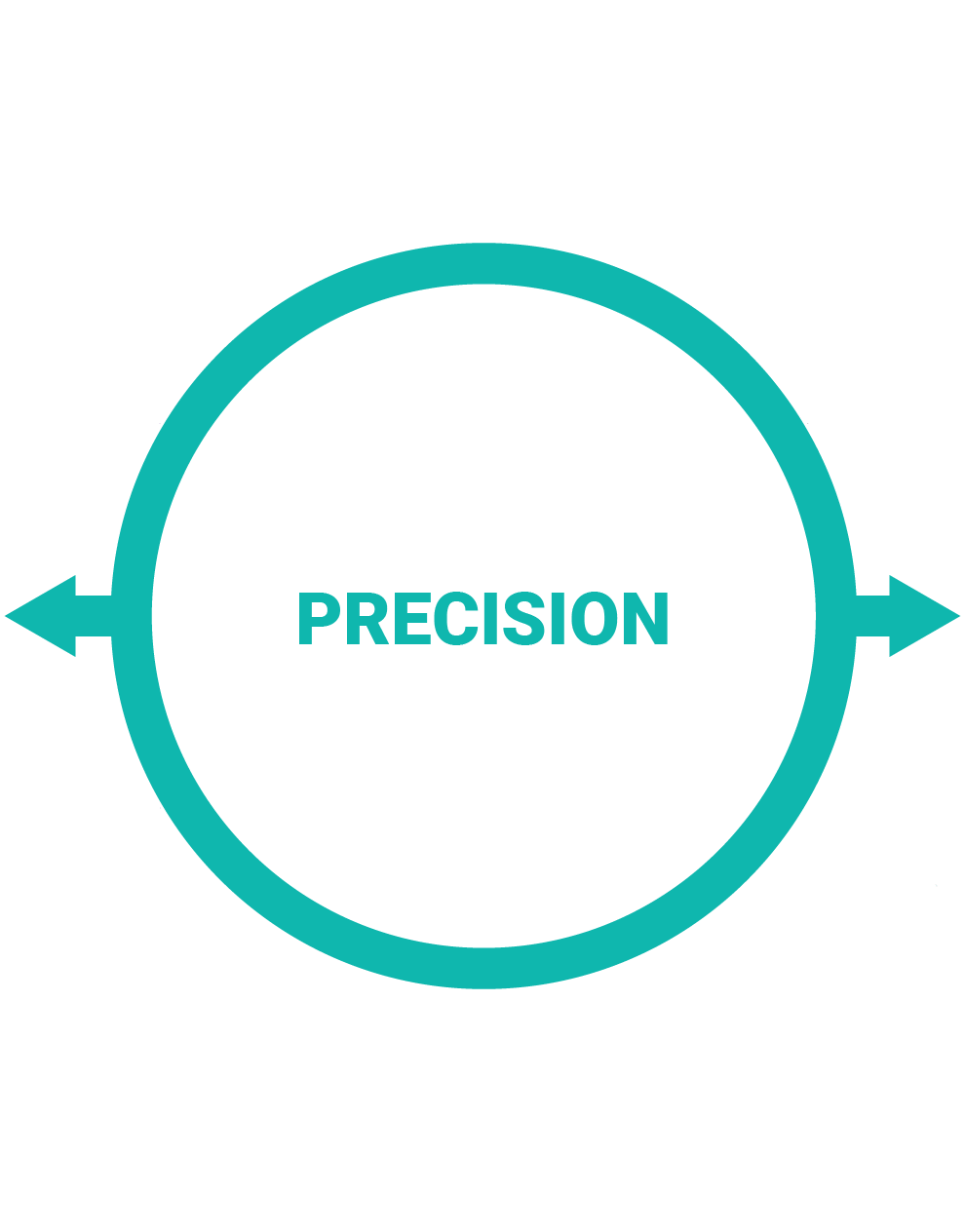Precision Phase :
Through observations of the students, the teacher identifies next steps and creates mini-lessons appropriate to the students’ proficiency level.
OBSERVATION
- L’enseignant observe que les élèves n’emploient pas d’expressions pour exprimer et justifier leurs opinions.
MINI-LEÇONS
- L’enseignant montre aux élèves des vidéos dans lesquelles des expressions d’opinions et des justifications sont présentées.
- Suivant ce modèle, les élèves expriment leurs opinions sur les vidéos présentées et ils discutent en dyades afin de pratiquer la justification des opinions.
- Encourager la classe à lire plusieurs articles et à partager leurs opinions avec la classe à l’oral en valorisant la précision et l’amélioration de leur message.
CONVERSATION
- L’enseignant souligne l’importance de varier les expressions d’opinion.
- L’enseignant renforce que la précision du vocabulaire a une grande incidence sur le message selon l’objectif de la communication.
Click to expand the points below and consider the following questions.
-
Transference between L1 and L2
Did the student make a mistake based on the conventions of their first language?
Do they understand that the grammar rules may not be the same as their first language?
Based on the students’ proficiency level, should risk-taking be valued over error correction?
-
Common misconceptions
Is it necessary to provide students with more content examples to help make meaning connect with form (for learners with less language proficiency – A1/A2 learners).
Is it necessary to return to a deductive (rule-based) logic activity to help students understand the necessary correction (for more proficient FSL learners – B1/B2 learners).
-
Intent versus results
What impact does the language structure have on the communicative purpose of the mini-lesson?
Is it necessary to do some explicit teaching to avoid fossilization of errors?
Based on the results of the mini-lesson, has the student addressed the grammatical next step to be successful in the application phase?


